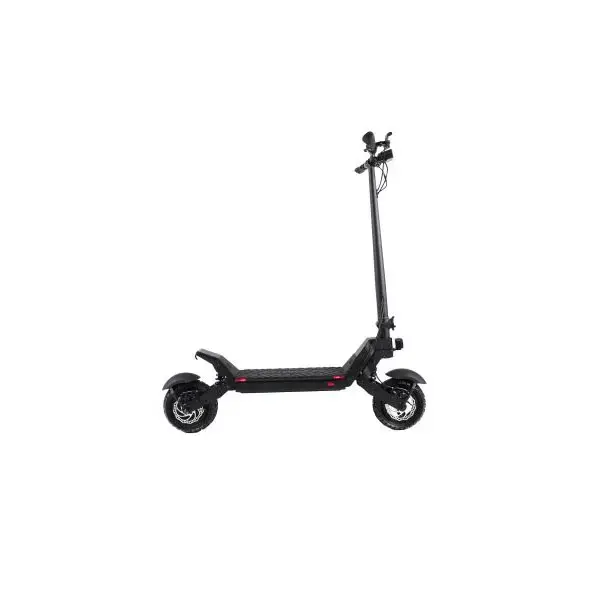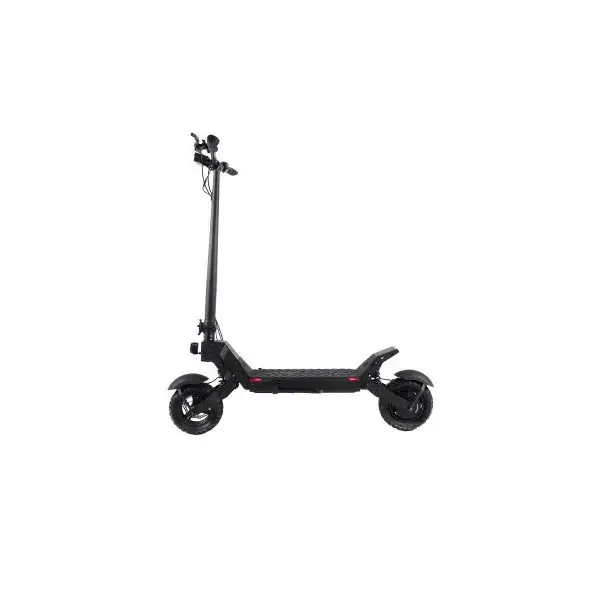How to interpret the battery test report of an electric scooter?
How to interpret the battery test report of an electric scooter?
At a time when the electric scooter market is booming, the performance and safety of batteries, as its core components, are directly related to the product's user experience and market competitiveness. For international wholesale buyers, accurately interpreting battery test reports is a key link in evaluating product quality and ensuring compliant sales. This article will deeply analyze the interpretation method of electric scooter battery test reports to help buyers make wise business decisions.
1. The importance of battery test reports
The battery test report is not only a proof of product quality, but also a pass to enter the international market. Different countries and regions have strict standards and regulations for the safety and performance of electric scooter batteries. For example, in the United States, electric scooters must pass UL2271 (lithium battery safety standard) and UL2272 (circuit system standard) certification. Non-compliant products may face Amazon removal, customs detention or even legal penalties. In the EU market, electric scooters must comply with the EN 17128 standard, covering safety and quality requirements for batteries, motors, brake systems, and other aspects. Having an authoritative battery test report can not only ensure the safety and reliability of the product, but also enhance buyers' trust in suppliers and promote long-term cooperation between the two parties.

2. Interpretation of the core content of the test report
(I) Electrical test
Overcharge/over-discharge test: Verify the protection function of the battery management system (BMS) during abnormal charging and discharging to ensure that the battery cell voltage does not exceed the normal operating range. This test is crucial to prevent battery damage caused by overcharging or over-discharging and extend battery life.
Short circuit test: Directly short-circuit the positive and negative poles of the battery to ensure that there is no fire or explosion, and the protection device can cut off the circuit in time. This is an important indicator for evaluating the safety of batteries under extreme conditions.
Temperature rise test: Monitor the temperature changes of the battery during the charging and discharging process to ensure that the temperature of key components (such as PCB boards and wires) does not exceed the standard. Excessive temperature may cause battery performance to deteriorate or even cause safety accidents.
Dielectric withstand voltage and insulation impedance test: Evaluate the insulation performance of the battery under high voltage to prevent leakage risks. This is of great significance to ensure the safety of users and the stable operation of the battery.
(II) Mechanical test
Vibration/impact/extrusion/drop test: Simulate the vibration and collision scenarios in actual use to ensure that the battery has no leakage, deformation or structural damage. These tests can verify the mechanical stability of the battery in complex environments and ensure its safety during transportation and use.
Waterproof test (IP Code Rating): Verify the waterproof level of the battery shell (such as IPX4) to prevent water ingress and short circuit. For electric scooters used outdoors, good waterproof performance is essential.
(III) Environmental testing
Thermal cycle test: Evaluate the stability of the battery in high and low temperature environments. When the battery works under different temperature conditions, its performance and life will be affected. Thermal cycle testing can help determine the adaptability of the battery in extreme temperatures.
Label durability test: Ensure that the product label is still clear and readable after long-term use. This is important for product identification, tracking and consumer information acquisition.
3. Key points for interpreting the test report
Compliance with test standards: First, it is necessary to confirm whether the standards based on the test report meet the regulatory requirements of the target market. For example, products exported to the United States must meet the UL series standards, and products entering the EU market must comply with relevant standards such as EN 17128. Only products that meet local standards can successfully enter the market and gain consumer recognition.
Completeness of test items: A complete battery test report should cover multiple test items such as electrical, mechanical, and environmental. Buyers need to carefully check whether the report contains the results of all key test items. If there are any missing items, it may mean that the product has not been fully evaluated and there are potential risks.
Qualification of test results: Focus on whether the test results meet the standard requirements. For example, in the short-circuit test, if the battery has abnormal conditions such as fire and explosion, it means that the product has serious safety hazards and cannot pass the certification. For temperature rise testing, if the temperature of key components exceeds the specified limit, it may affect the performance and life of the battery.
Authority of the testing agency: Authoritative testing agencies such as UL Solutions and SGS have more credibility and recognition in their test reports. These agencies have professional equipment, technology and rich experience to ensure the accuracy and reliability of test results. When choosing suppliers, buyers should give priority to those companies that can provide test reports from authoritative agencies.
4. How to use test reports for product evaluation and purchasing decisions
(I) Comparison of products from different suppliers
By analyzing the battery test reports provided by each supplier, buyers can intuitively compare the performance and safety of different products. For example, in electrical testing, products with better overcharge/over-discharge test results may have more advanced battery management systems that can better protect the battery and extend its service life. In mechanical testing, products with excellent vibration test performance are more likely to remain stable in actual use and reduce failures caused by vibration. By comprehensively comparing the results of various tests, buyers can screen out products with better performance and more reliable quality.
(II) Evaluate the market adaptability of products
Consumers in different regions have different expectations and requirements for the performance and safety of electric scooters. For example, in areas with harsh climatic conditions, consumers may pay more attention to the waterproof and cold-resistant properties of batteries; in cities with traffic congestion, consumers may pay more attention to the battery's endurance. Buyers can evaluate whether the product meets the actual needs of the local market based on the characteristics of the target market and consumer needs, combined with the relevant information in the battery test report, and thus formulate a reasonable procurement plan.
(III) Technical communication with suppliers
The test report is not only a tool for buyers to evaluate products, but also a bridge for technical communication with suppliers. When buyers have questions or are dissatisfied with certain results in the test report, they can communicate with suppliers in depth based on the report to understand possible problems in the test process and explore improvement plans. For example, if a test result is close to the standard limit, buyers can ask suppliers to optimize product design or production processes to improve product performance and safety. Through this technical communication, buyers can better control product quality and establish a closer cooperative relationship with suppliers.

5. Summary
The electric scooter battery test report is an important basis for buyers to evaluate product quality and ensure compliance sales. By deeply interpreting the contents of the test report, including electrical, mechanical, and environmental test results, and paying attention to the compliance of the test standards, the integrity of the test items, the qualification of the test results, and the authority of the test agency, buyers can fully understand the performance and safety of the product. At the same time, the rational use of test reports for product comparison, market adaptability assessment, and technical communication can help buyers make scientific purchasing decisions and select high-quality products that meet market demand, thereby gaining an advantage in the fierce international competition.














